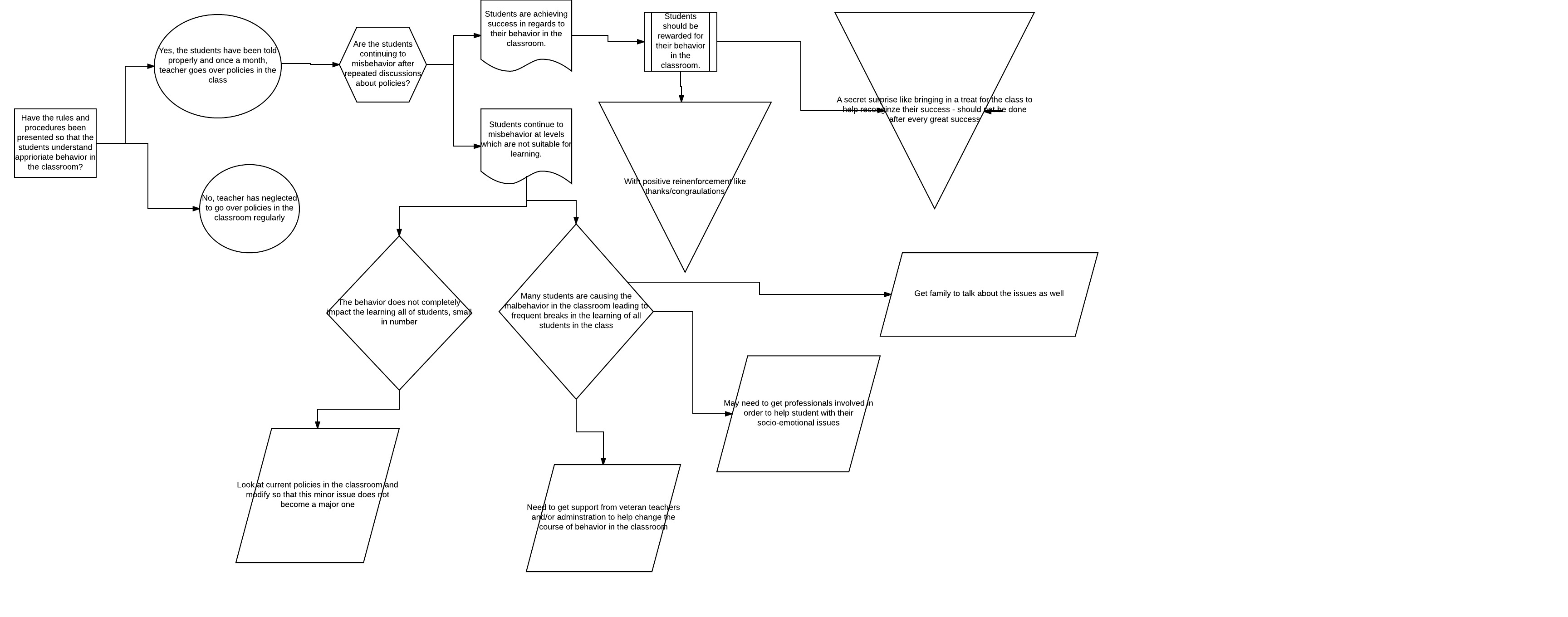I have only been the Center Principal of Nanjing Senior High School of Jiangsu Province (NSHSJP) for the past two months, but I have evaluated the current situation at school. I had some ideas about ways in which, through appropriate policies changes, we can grow the school in numbers and make the school a better experience while attending the school. Some of the policy changes need to be implemented to control the impact of COVID-19. My ideas do not reflect the current Chinese government policies towards foreign travel into China which have significantly impacted international programs like the one I currently manage to get qualified teachers. From looking at the survey, three issues should focus on future progress and growth in the school’s community.
First, there are only two teachers on our campus who have been there for more than five years. Our school is situated near the third-tier cities of Wuxi and Changzhou. These cities are not as attractive for foreigners as Shanghai, Beijing, and Shenzhen, so getting teachers to stay can be challenging even during idea situations. During the current pandemic, it’s even harder to get qualified, experienced teachers, to visit knowing the consequences if you try to go home and return to China (which may take weeks or months). I am not surprised that teachers have not stayed for more than an average of two or three years because better jobs offers are given. Administrators need to realize the difficulties of keeping teachers and making their experience among the school’s community as pleasant as possible.
Second, mental health and well-being mean more than everything nowadays. With foreign teachers being away from home and not seeing their families for some time, an administrator must be checking on their teachers’ mental and physical health. I have tried having dinners and going on day trips to keep teachers motivated during the pandemic. Our company has created a deal with our insurance provider to give free online sessions with psychologists and therapists. We all have access to mental health providers who can guide us through this difficult time. I always thank my staff for going well beyond what is asked of them. Still, after analyzing the survey data, I feel our company does not do a good job telling people that they are talented professional people and that they appreciate their service during these harsh times. Working as a foreign teacher means many sacrifices, and the survey suggests that more appreciation is needed. To maintain teachers on campus, the campus needs to provide opportunities for teachers to relax when necessary by giving more personal days but also show their appreciation by salary raises and bonuses to help with strict policies that make it challenging to leave China. Long term, this will allow experienced and qualified teachers to want to remain on campus and help with student academic success.
Lastly, the curriculum needs an update. When I first began to look at the class schedule, I saw that we offer the same classes all three years as a member of NSHSJP. Each student takes economics, maths, physics, chemistry, and an English course. There is no variety at all in the curriculum. There are no fine arts, performing arts, or other humanities courses that are available for students who may not be strong in math and sciences. I asked the A-Level students (Grade 12) how they felt about the courses, and they all made similar comments. It’s boring. We need to inject some life into the school curriculum, or else students who feel as though their destiny lies with drawing or acting will choose other schools.
My ancestor, Edward Blyden, thought that education “…should aim…not simply [for the provision of] information, but [for] the formation of the mind.” The school where I am the Center Principal focuses more on facts that create the students’ minds to be prepared for global citizenship. I want professional teachers who want to teach students to be people and to stay and build a community worth making. Without teachers who are content about their situations, we will never have students who look beyond their textbooks for answers.
For the survey, I used Survey Monkey and nine teachers responded to the survey. The teachers included people from Africa, Europe, America, and China. The questions I asked included:
- What classes do you teach?
- Rate how effectively you deliver your classroom instruction?
- While teaching classes on Zoom, rate your experience.
- When was the last time you had another person observe your classes?
- Who would like to observe your classes?
- How technical are you skills in Microsoft Office, etc?
- Professionally, what do you need to grow?
- How can the administration improve your growth?
- How long have you been teaching at the school?



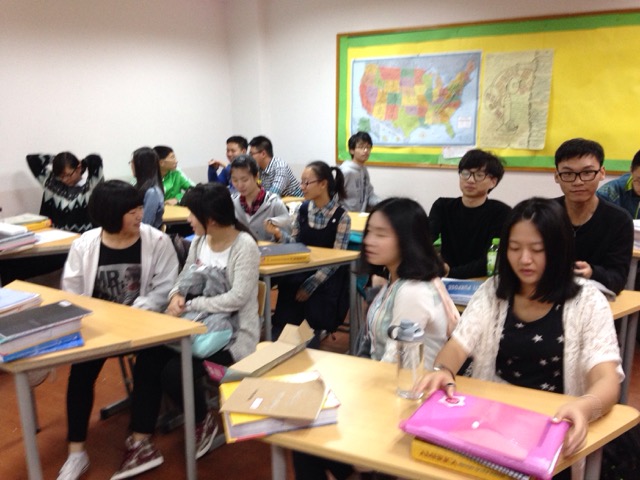
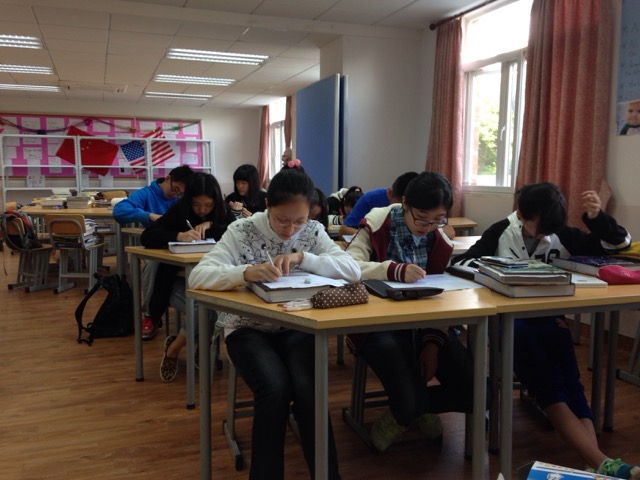
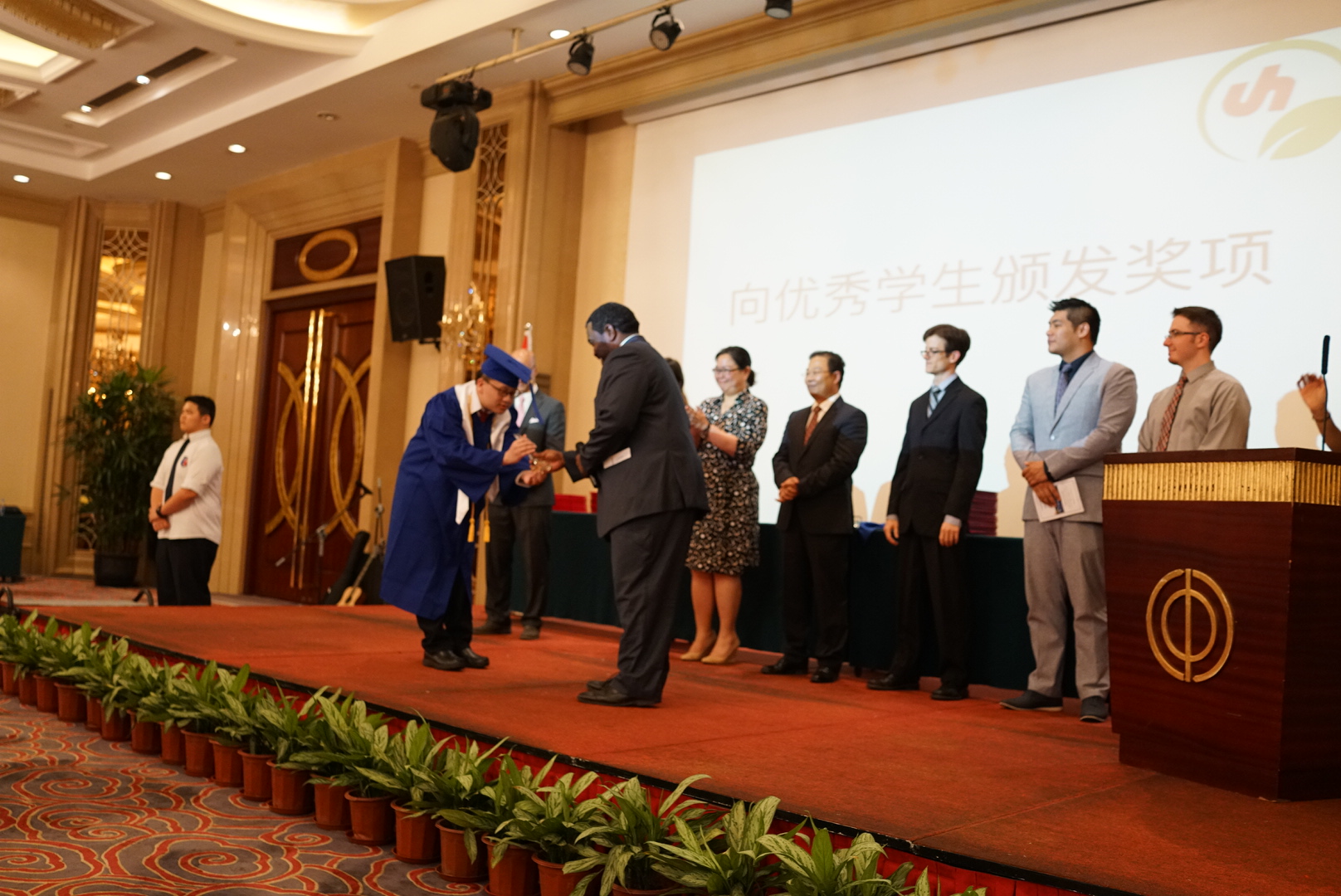 Resources
Resources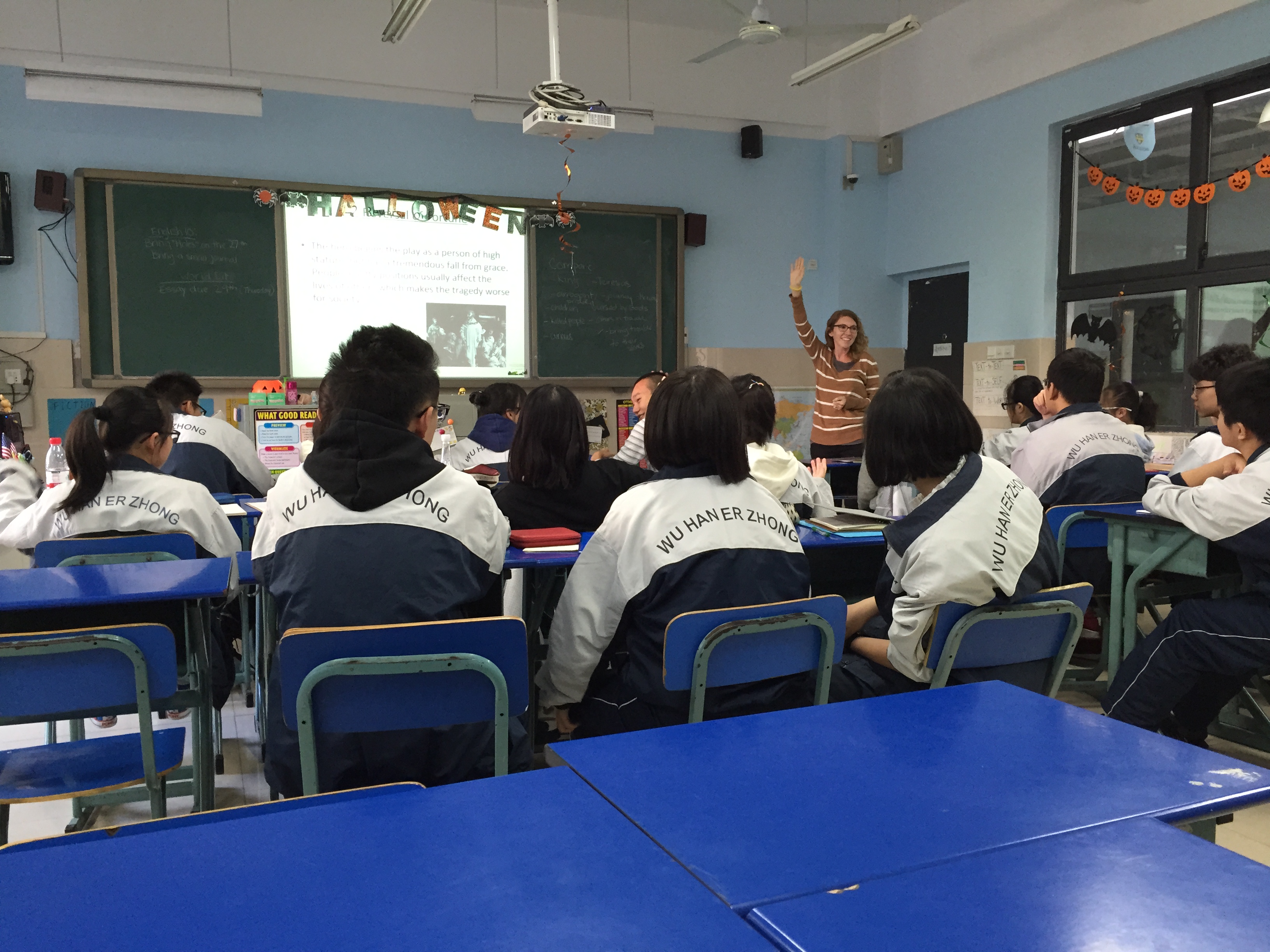 Introduction:
Introduction: